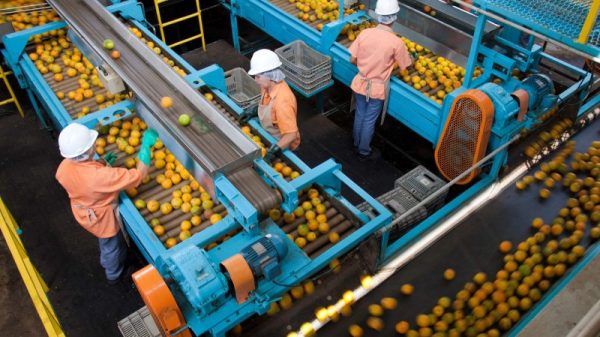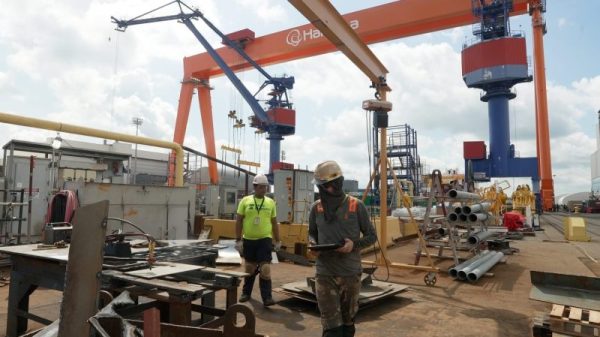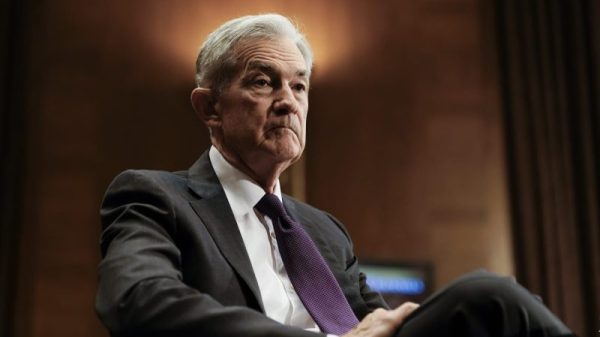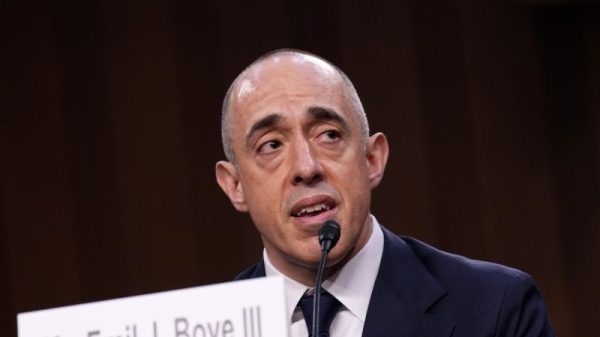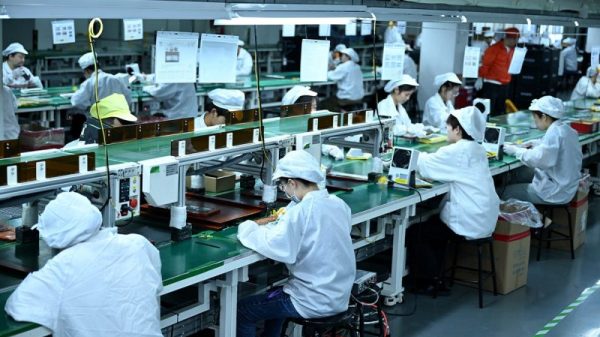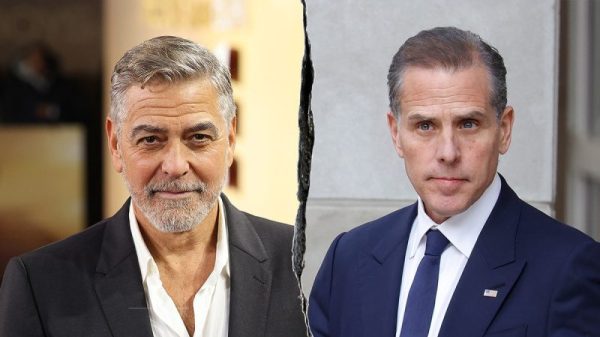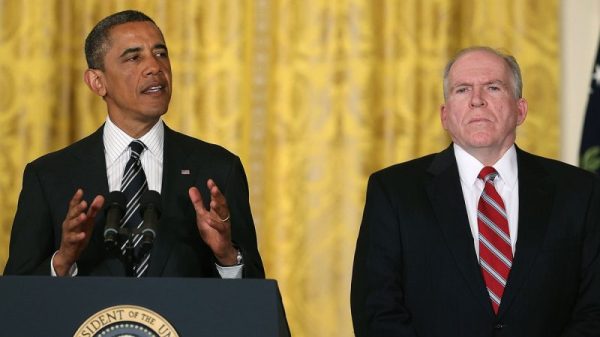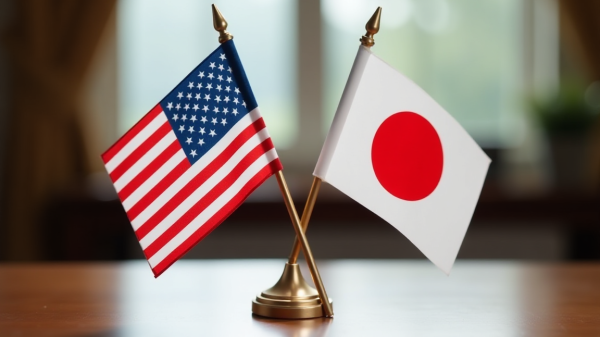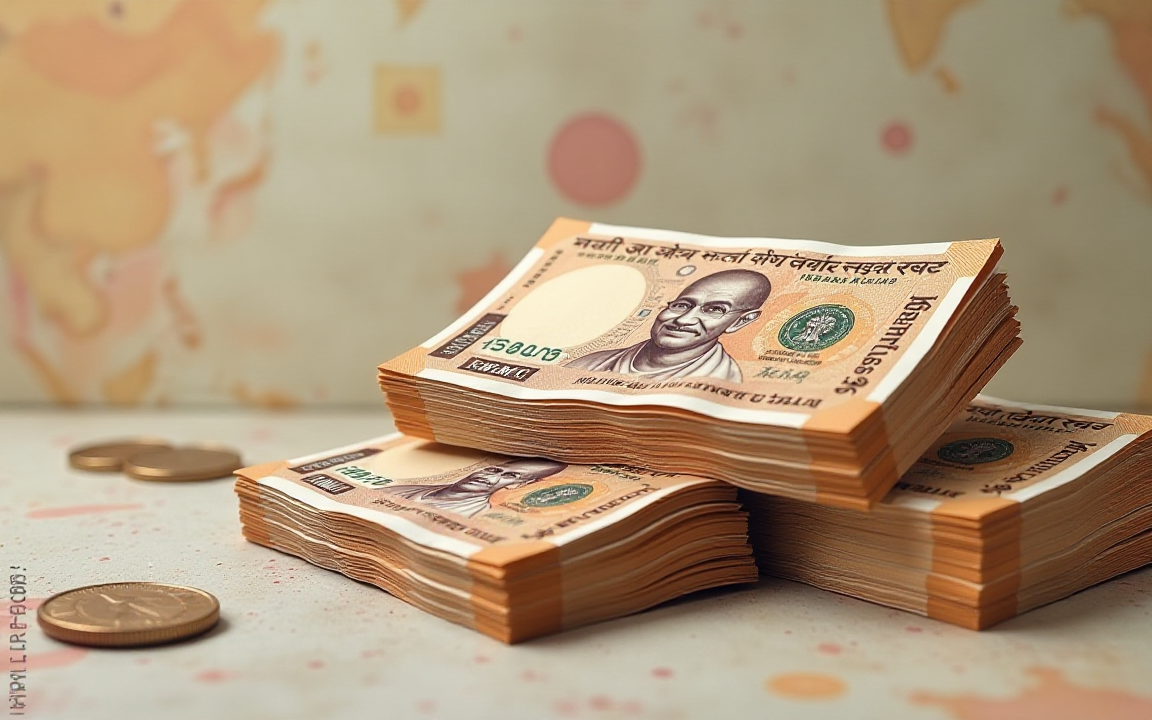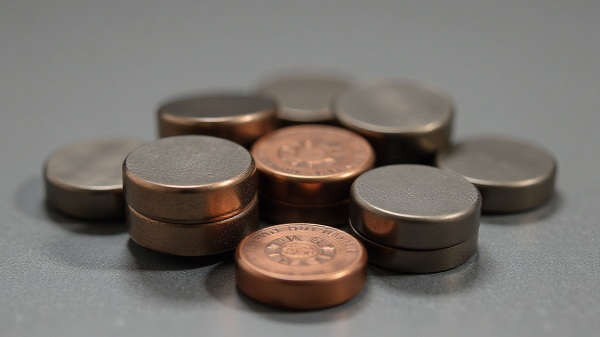The Reserve Bank of India (RBI) surprised markets in June with a larger-than-expected 50 basis point rate cut, bringing the rate to 5.50%.
This move aimed to front-load support for the domestic economy, and with stable to lower inflation anticipated due to a good monsoon, further rate cuts of possibly another 50 basis points by year-end are not ruled out, although the RBI is expected to proceed cautiously, Commerzbank AG said in a report.
This is likely to favour a stable dollar-rupee (USD-INR) exchange rate in the near term, according to the German bank.
RBI has maintained its growth forecast for the current fiscal year (FY) 2025-2026 at 6.5%, a decision made during its June policy meeting.
India’s GDP growth saw a rebound in Q1 2025, reaching 7.4% year-over-year, an increase from 6.4% in Q4 2024.
RBI noted that the global economic outlook’s risks have “somewhat receded,” attributing this to “optimism surrounding trade negotiations.” This pace is consistent with that of the prior fiscal year.
However, the central bank emphasised that uncertainties surrounding US trade policies continue to be high, posing a risk to global growth.
Manufacturing
Both manufacturing and services sectors showed healthy expansion in their June PMI reports, increasing from May.
The manufacturing PMI rose to 58.4 from 57.6, while the services PMI also increased to 60.7 from 58.8.
This uptick in PMI was likely driven by increased optimism surrounding a potential US trade deal.
Sustained strength in the coming months will be contingent on the confirmation of a favorable trade agreement.
Charlie Lay, FX analyst at Commerzbank said in a report:
Inflation is not a major problem for RBI.
In May, headline inflation continued its downward trend, reaching 2.8% year-on-year, a decrease from April’s 3.2%.
This decline was primarily driven by a bumper harvest season, which led to lower food and vegetable prices.
For the fourth consecutive month, inflation has stayed below the RBI’s midpoint target of 4%, settling at the lower end of the 2-6% target range.
Consequently, the RBI has revised its inflation forecast for the current fiscal year downward to 3.7% from the previous 4.0%.
“The good monsoon and harvest season should see a further moderation in food prices in the coming months. The main risk factor is from higher oil prices due to the Middle East tensions given India’s dependence on oil imports,” Lay added.
Monetary policy
The RBI reduced the policy repo rate by 50bp to 5.5% in June, marking the third consecutive meeting with a rate cut.
The cut follows a prolonged pause at 6.50% that lasted from April 2023 to December 2024. The central bank has also transitioned its monetary policy stance from accommodative to neutral.
Lay added:
It suggests RBI is not in a hurry to follow up with more aggressive cuts. It is likely to tread cautiously going forward.
“We still see the possibility of another 50bp cut to 5% by year-end, particularly if inflation continues to surprise on the downside.”
A real interest rate of 2.7% is implied by the policy rate of 5.5% and a headline inflation rate of 2.8%. This figure exceeds the RBI’s estimated neutral range, which is between 1.4% and 1.9%.
“As such, if inflation stays stable or dips further, there is room to cut rates to bring down the real interest rate,” according to Lay.
Exchange rate
India’s foreign exchange reserves saw a healthy increase in June, rising by 0.9% (approximately $6.4 billion) to reach $698 billion.
This level of reserves provides import cover for around 11.4 months, according to Commerzbank.
In the June monetary policy meeting press conference, Governor Malhotra said rebuilding reserves is not necessarily RBI’s top priority.
Nevertheless, a healthy FX reserves level will help to fend against excessive volatility.
For the current fiscal year, RBI is projecting an average USD-INR rate of 86.00 and the forecast for the Indian basket oil price was at $70 compared to $80 in October 2024.
Lay said:
We expect RBI to maintain a flexible approach, and we could see USD-INR drifting higher towards 87.00 by year-end.
The INR has remained flat against the US dollar year-to-date, a contrast to the 5.3% average appreciation seen in other Asian currencies, excluding Japan.
The post Indian rupee’s performance contrasts Asian peers; eyes US trade deal for direction appeared first on Invezz






